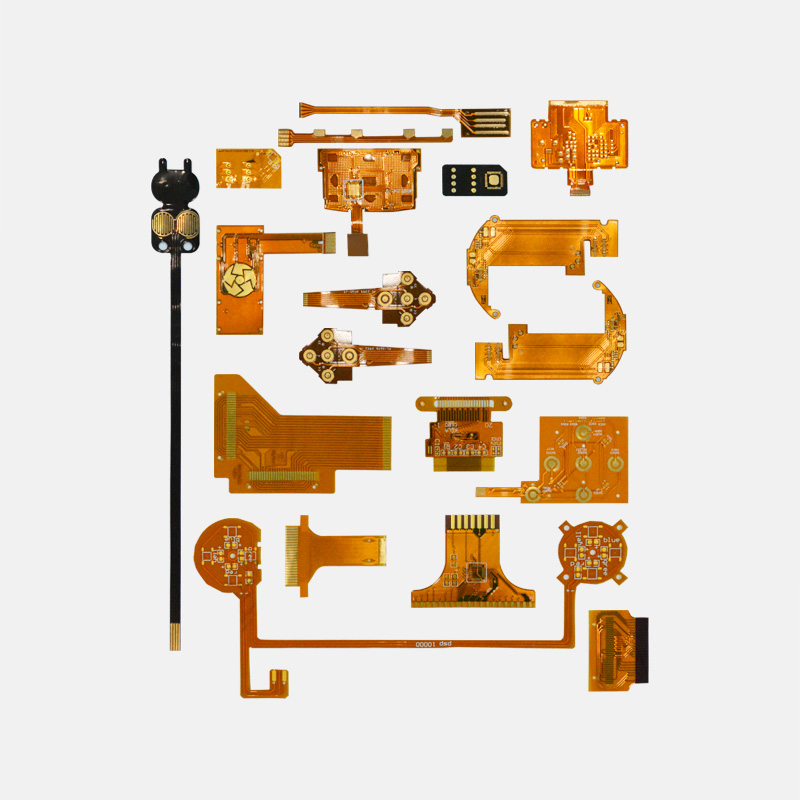The Role of Flexible PCBs in Sustainable Electronics
The Evolution of Flexible Electronics and Their Impact on Sustainability

The term "flexible printed circuit board" (Flexible PCB) may not ring a bell for many, but this technology is silently revolutionizing the electronics industry. With the increasing demand for sustainable solutions in electronics, the role of flexible PCBs is becoming increasingly important.
What Are Flexible PCBs?
Flexible printed circuit boards are bendable or foldable thin boards that carry electrical circuits. They are a type of printed circuit board (PCB) that can be bent or rolled into different shapes without losing their functionality. These boards are commonly used in applications where traditional rigid PCBs cannot be used due to space constraints or specific design requirements.
The Rise of Flexible Electronics
The development of flexible electronics has been gathering pace in recent years, with a growing focus on sustainable solutions in the electronics industry. Traditional rigid PCBs have limitations in terms of flexibility and durability, making them unsuitable for certain applications. Flexible PCBs offer a more sustainable and practical solution, allowing electronics to be integrated into curved or flexible surfaces.
Benefits of Flexible PCBs
Flexible PCBs offer several advantages over traditional rigid PCBs. They are more resilient, bendable, and durable, making them suitable for use in a wide range of applications. Additionally, flexible PCBs require less material and are lightweight, reducing the environmental impact of electronic devices.
Impact on Sustainability
The development of sustainable electronics is crucial to reducing the environmental impact of the electronics industry. Flexible PCBs play a significant role in this effort by providing a more sustainable solution for various applications. They allow for the creation of lightweight and compact electronic devices that require less material and energy to produce.
Future Outlook
The future of flexible electronics looks promising, with a growing demand for sustainable solutions in the electronics industry. As technology advances, we can expect to see more innovative applications of flexible PCBs in various fields, including healthcare, automotive, and consumer electronics.
Conclusion
In conclusion, the role of flexible printed circuit boards in sustainable electronics is significant. They offer a more practical and sustainable solution for a wide range of applications, reducing the environmental impact of electronic devices. As the electronics industry continues to evolve towards more sustainable practices, the use of flexible PCBs is likely to increase, paving the way for a greener future.



